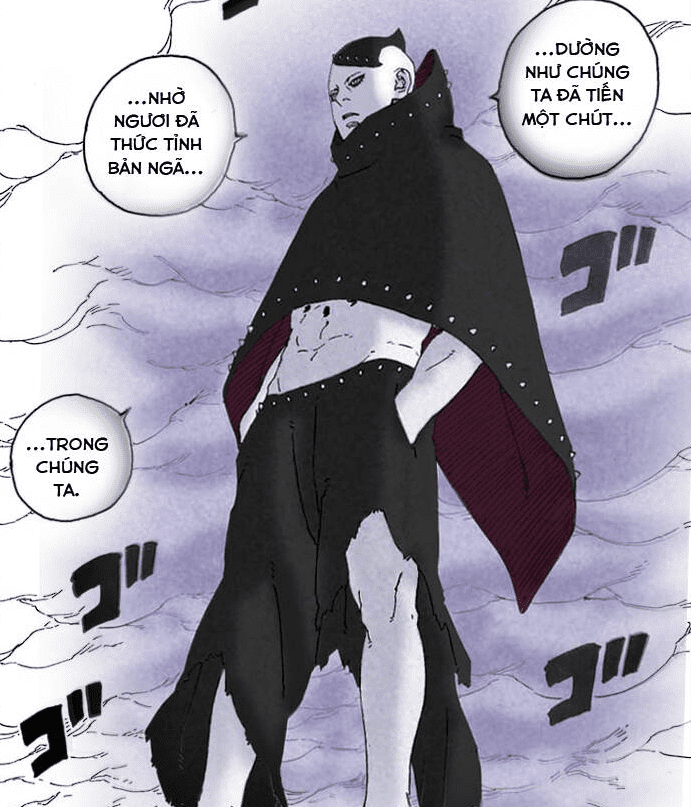
In Boruto: Two Blue Vortex, the storyline develops to showcase a new antagonistic force that poses a greater threat than the Otsutsuki clan. The plot begins with Code attacking Konoha using his Claw Grime army. Boruto utilizes a new version of the Rasengan technique to weaken Code and advance toward his hideout.
Moreover, Boruto is about to discover new versions of the Ten-Tails, referring to himself as the God of Suffering, after awakening the Banquet. The God of Suffering exists to extract chakra from all living beings and create a chakra fruit. However, these beings appear grotesque and monstrous compared to the characters in the Naruto universe, embodying a more savage and terrifying nature.
Purpose of the God of Suffering
Initially, the God of Suffering was intended by the Otsutsuki clan to absorb chakra within the infinite Tsukuyomi and create chakra fruits, allowing them to evolve and become stronger. After Isshiki’s death, the plan to use the Ten-Tails and create a God Tree inadvertently led to the formation of a sentient enemy seeking revenge and dominance.

The God of Suffering has a clear intention, seeking new objectives as they become bored with merely fulfilling the commands of outsiders. This entity showcases capabilities that challenge the traditional beliefs of ninjas, including the ability to alter the environment and absorb energy. At the same time, there are abilities that might be immune to the techniques that alien beings typically employ. When Naruto and Sasuke face off against a formidable combatant, Boruto must confront these divine beings without any significant evidence to support his claims.
The God of Suffering generates a new form of menace, not only due to its immense power but also because its potential for evolution remains constant and unceasing. They challenge traditional notions of ninja combat, serving as a harbinger of significant changes in the balance of power within the Boruto universe.
New Challenges for Boruto and the Cast

In the context of “Boruto: Two Blue Vortex,” the narrative must contend with the challenges of avoiding the repetition of character archetypes from previous arcs, especially those related to Akatsuki and Kara. While these groups may feature familiar faces, they play a crucial role in the central storyline. The God of Suffering brings a new opportunity to break free from these archetypes.
So far, the God of Suffering has been proven to be formidable, presenting challenges for both Code and Boruto. The appearance of Koji Kashin as a mentor figure for Boruto illustrates the character’s growth and the necessary strategic adjustments required to face these new threats.
As the Otsutsuki clan continues to loom large, including Kawaki, they must overcome the unique challenges presented by the God of Suffering. The survival of Konoha and the broader world depends on the fragile alliances that must be forged, emphasizing the critical need for strategic cooperation among the various factions.





















